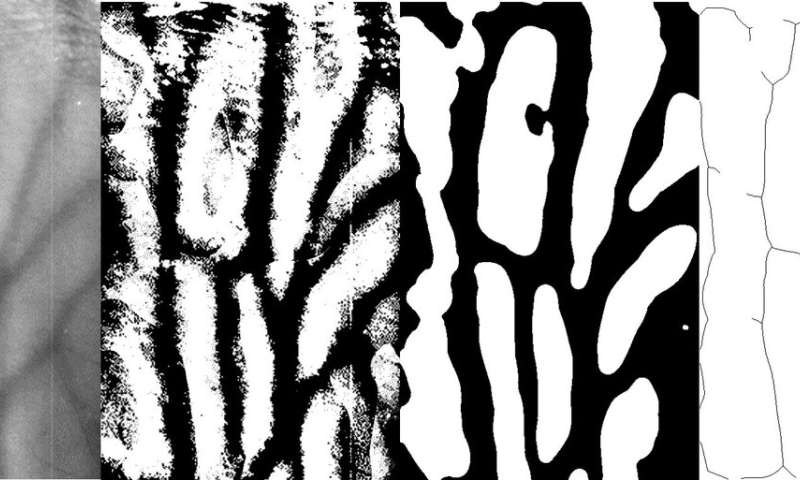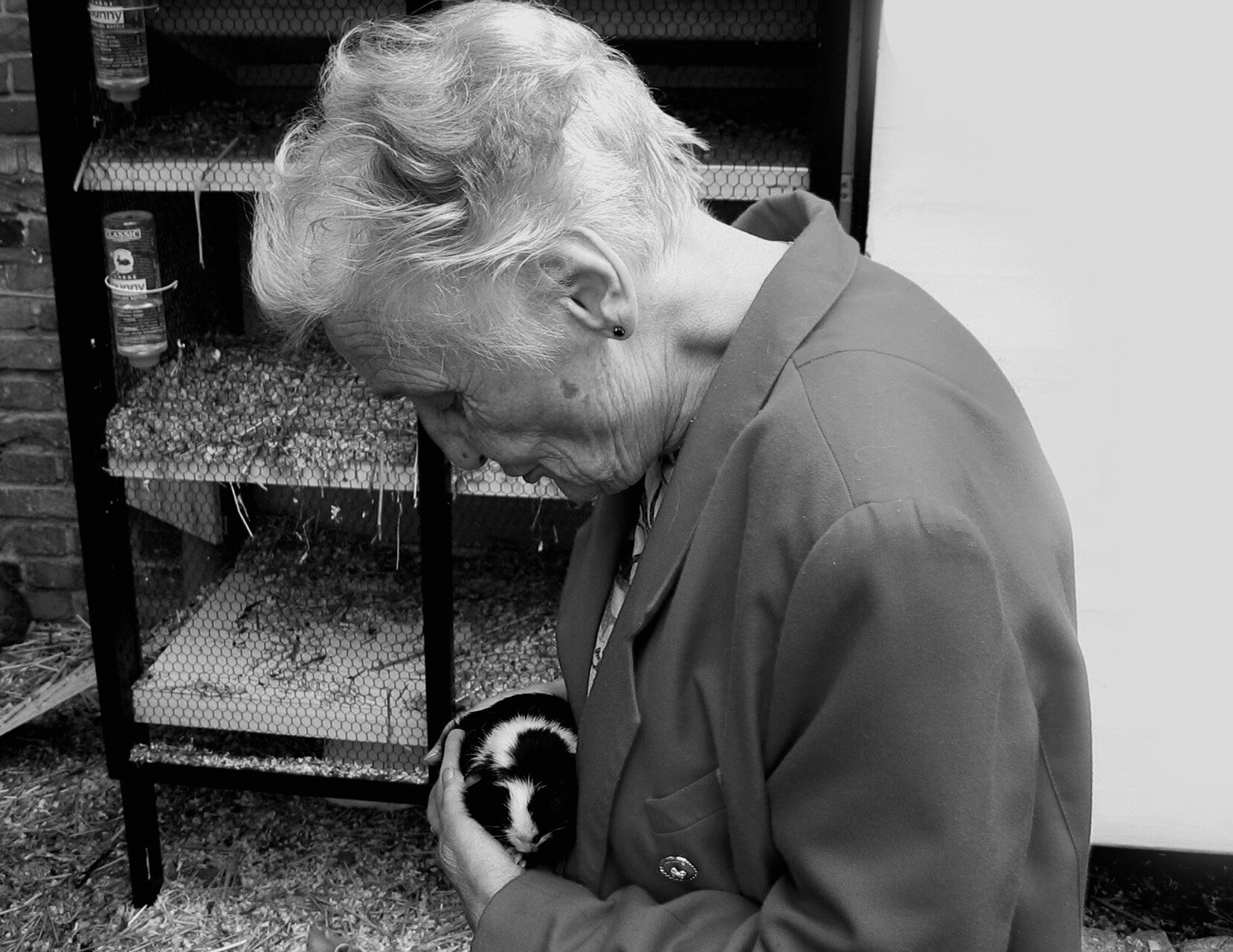#Sensor for non-spoofable biometric identification easily integrated in smart phones
“#Sensor for non-spoofable biometric identification easily integrated in smart phones”

Holst Center has demonstrated the world’s first organic near-infrared large-area image sensor capable of detecting the unique pattern of veins in a person’s hand via reflected light. The sensor opens the door to highly secure, non-spoofable biometric identification for security-critical applications such as passports and payment authentication, and can be easily integrated into devices such as smartphones.
The pattern of veins in the hand is as individually unique as a fingerprint. But unlike a fingerprint, it can’t be copied. This makes it potentially a much safer and more secure biometric for identifying individuals than fingerprints. But reading that unique pattern requires the ability to see into the hand.
Holst Center has been at the forefront of developing large-area image sensors based on organic photodiodes, creating a range of prototypes for visible light and X-rays. It has now extended this technology platform into the near-infrared (NIR). Light in this wavelength domain can pass through skin, but is absorbed by hemoglobin in the blood, making it ideal for detecting vein patterns.
Researchers at Holst Center have combined the organic NIR photodiodes with an oxide thin-film transistor backplane and a focusing lens to create an NIR image sensor measuring 2.4 x 3.6 cm, large enough to image the palm of a hand or multiple fingers at a distance. Its 500-ppi resolution is state of the art for biometric image sensors, enabling high-quality images of the vein pattern. In addition, the sensor achieves external quantum efficiency (EQE) of 40% at 940 nm and a dark current of around 10-6 mA / cm2.
“Together with a NIR light source, the prototype image sensor opens the door to contactless biometric security through vein pattern detection. Our thin-film technologies make for extremely thin and potentially flexible sensors that could be easily integrated into existing displays and things like mobile phones or cash machine screens, eliminating the need for separate ID and credit cards,” says Daniel Tordera, Senior Scientist at Holst Center.
Having demonstrated the potential of large-area NIR sensors for vein detection, Holst Center is continuing to refine the technology and push its sensitivity deeper into the NIR region. With photodiodes efficient up to 1100 nm, these latest developments could enable new applications such as eye tracking, quality control in food production, condition monitoring of pipes and non-invasive in-body medical imaging including large area oxygen saturation (SpO2) measurements, conformable optical brain scans and cuffless blood pressure monitoring.
Provided by
Holst Centre
Sensor for non-spoofable biometric identification easily integrated in smart phones (2020, July 15)
retrieved 15 July 2020
from https://phys.org/news/2020-07-sensor-non-spoofable-biometric-identification-easily.html
This document is subject to copyright. Apart from any fair dealing for the purpose of private study or research, no
part may be reproduced without the written permission. The content is provided for information purposes only.
If you want to read more Like this articles, you can visit our Science category.
if you want to watch Movies or Tv Shows go to Dizi.BuradaBiliyorum.Com for forums sites go to Forum.BuradaBiliyorum.Com



